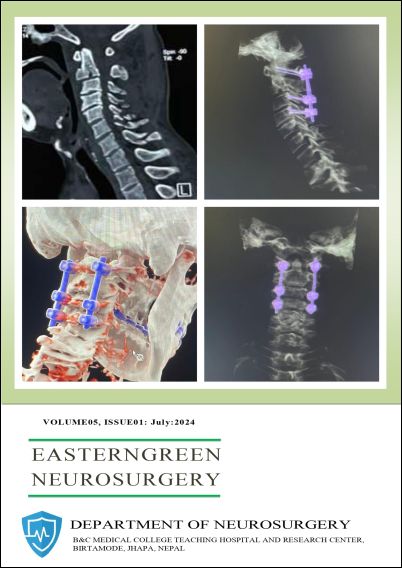Posterior Reversible Encephalopathy Syndrome in a child after Severe Traumatic Brain Injury
DOI:
https://doi.org/10.3126/egn.v5i01.68453Keywords:
Posterior reversible encephalopathy syndrome, Traumatic brain injury, Neuroimaging, SeizureAbstract
Pediatric brain is anatomically and physiologically different from adult brain. Child's brain is more vulnerable to the effects of a brain injury and takes longer to recover. Because the child’s brain is still developing, injury may alter the course of development of the brain and its functions. The child's brain is less "set" than the adult's, its plasticity offers hope to damaged tissue and areas. It is very rare to have posterior reversible encephalopathy syndrome as a complication of traumatic brain injury in children.
Downloads
Downloads
Published
How to Cite
Issue
Section
License
Copyright (c) 2024 Saurav Kumar Shrestha, Shradha Subedi, Chandra Shekhar Bhagat , Sunil Singh Danuwar , Karuna Tamrakar

This work is licensed under a Creative Commons Attribution 4.0 International License.




